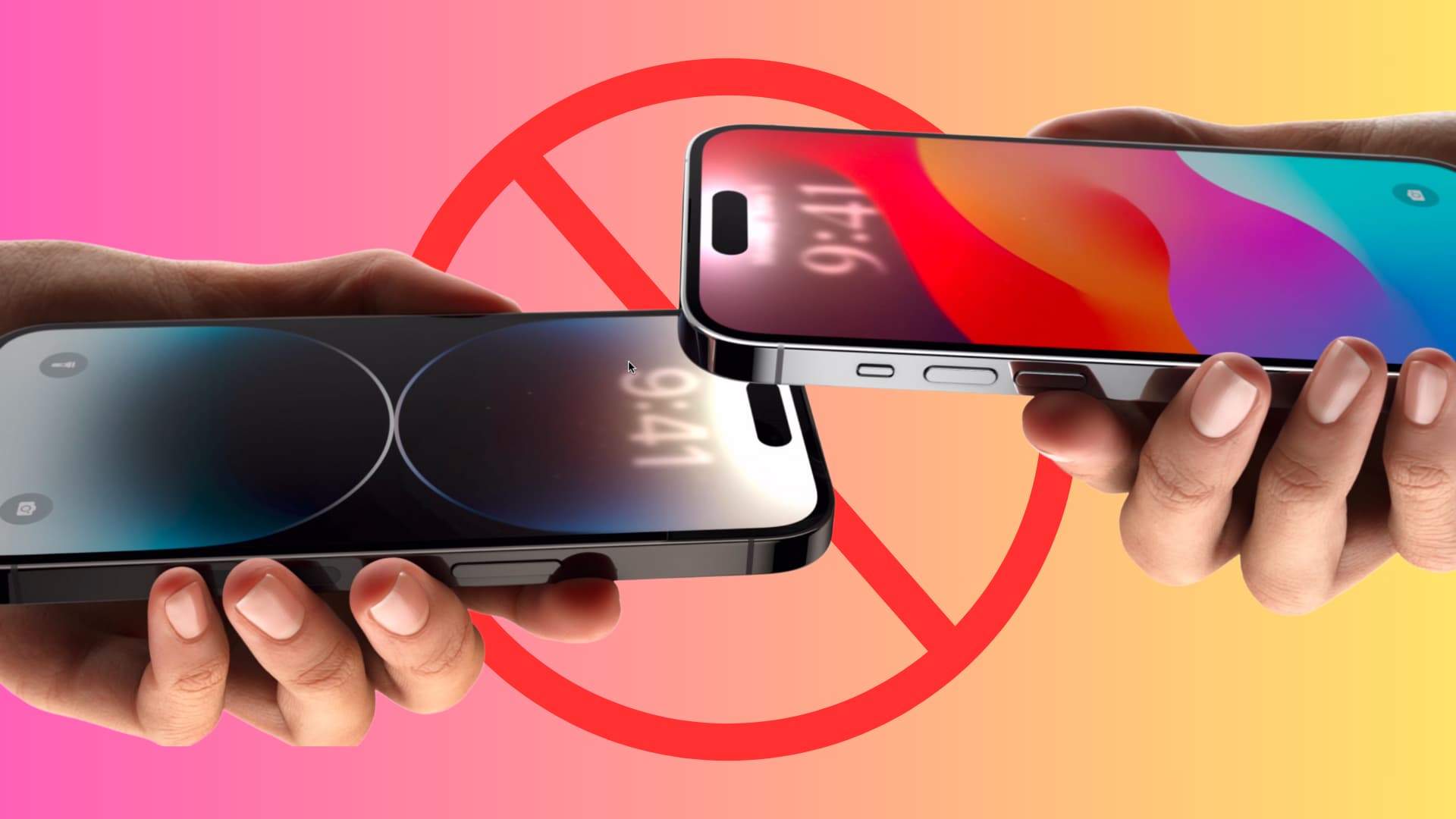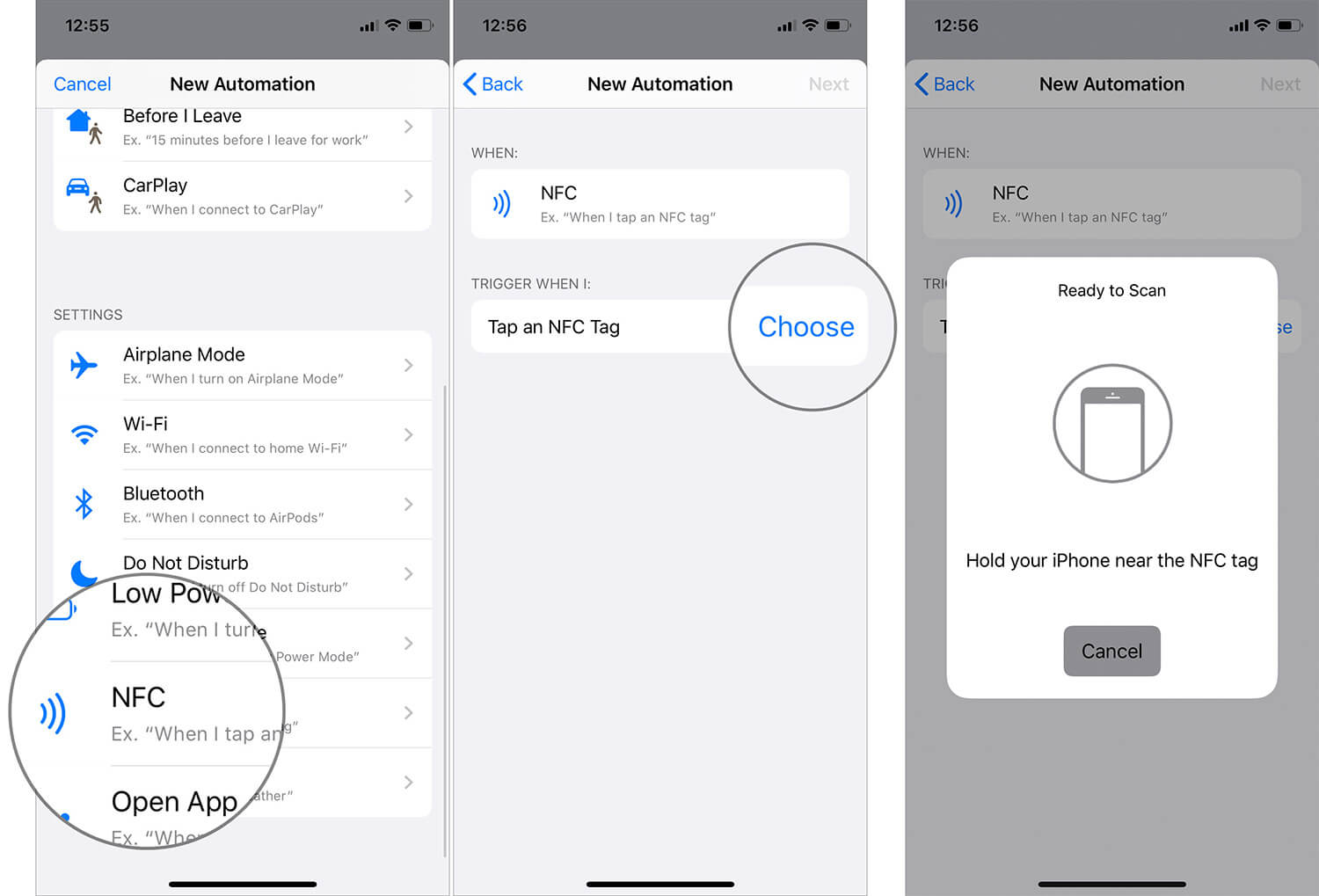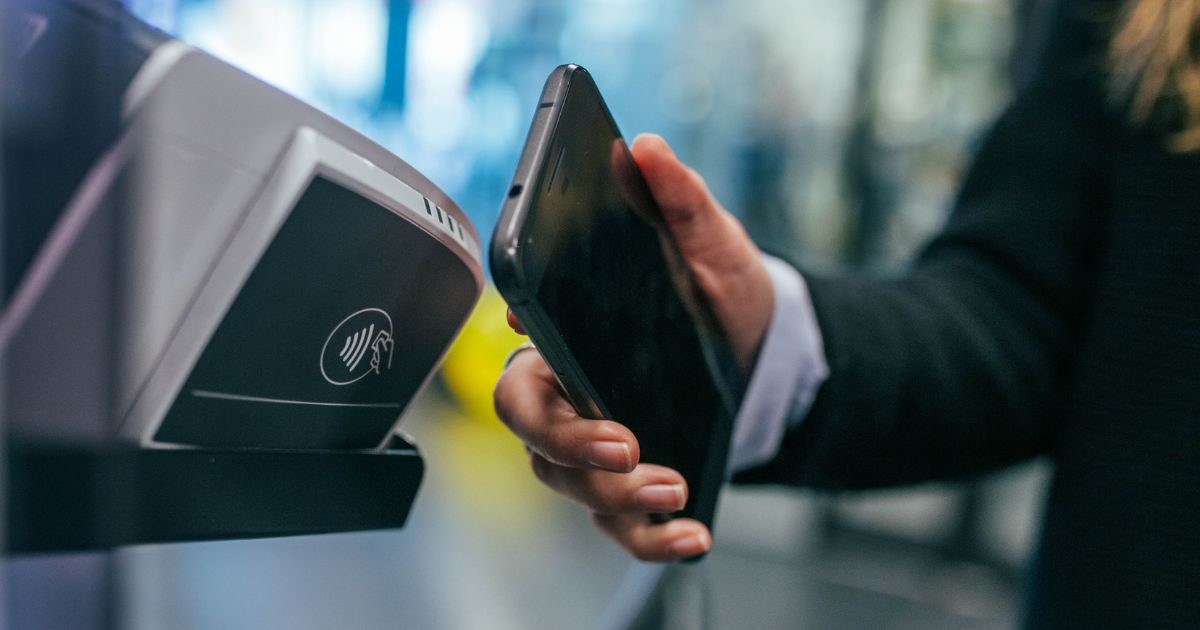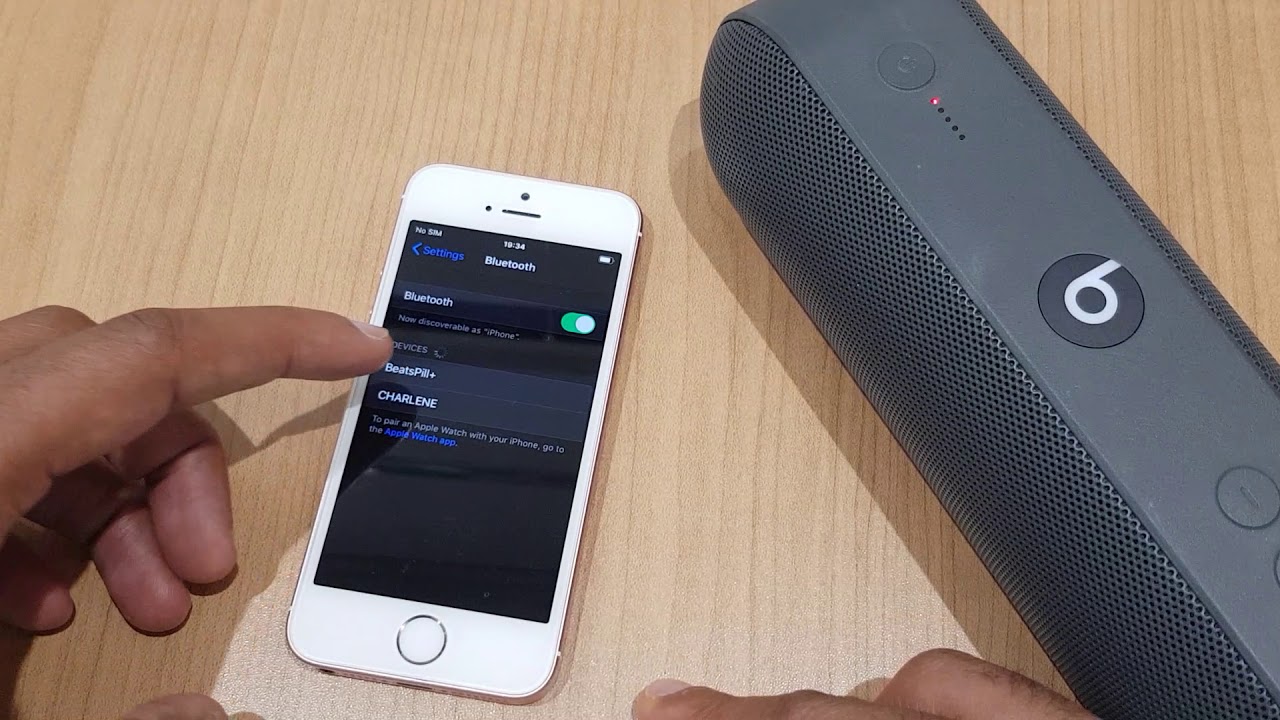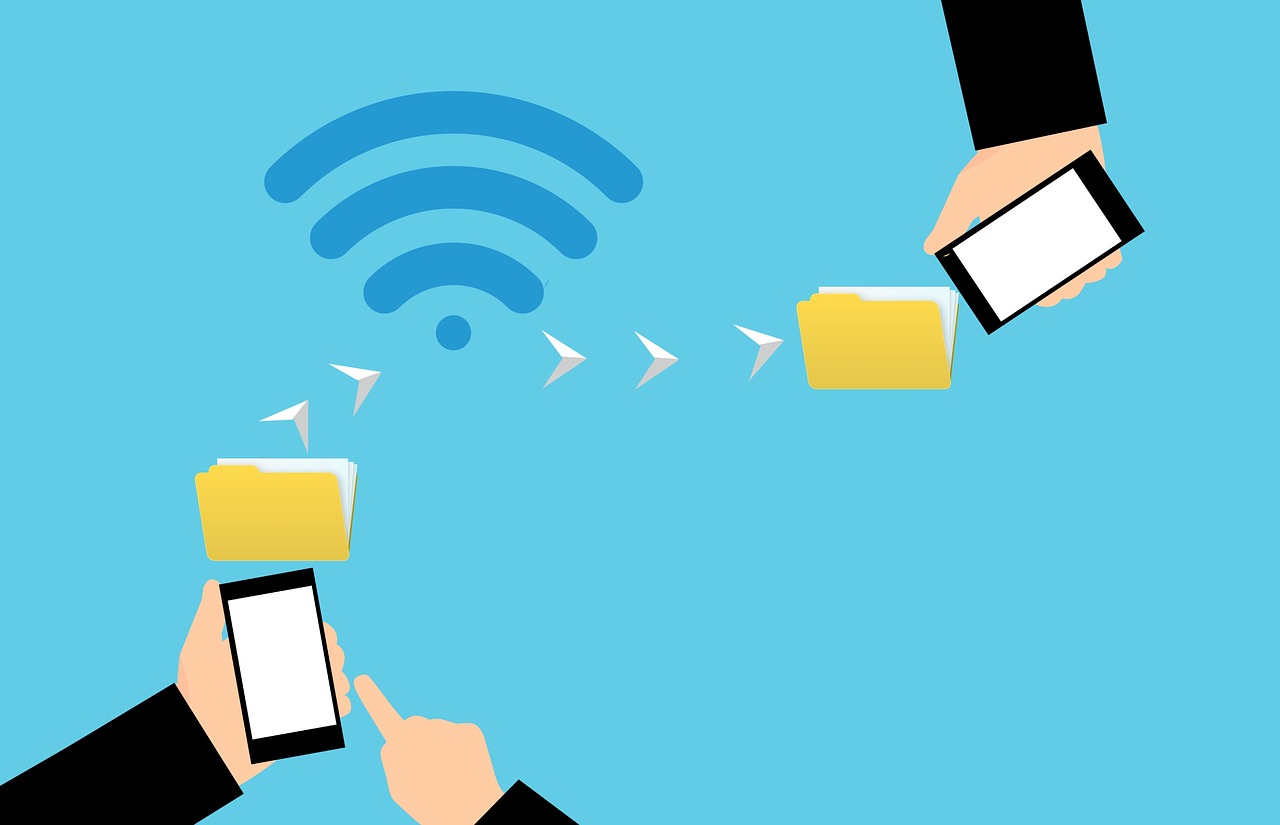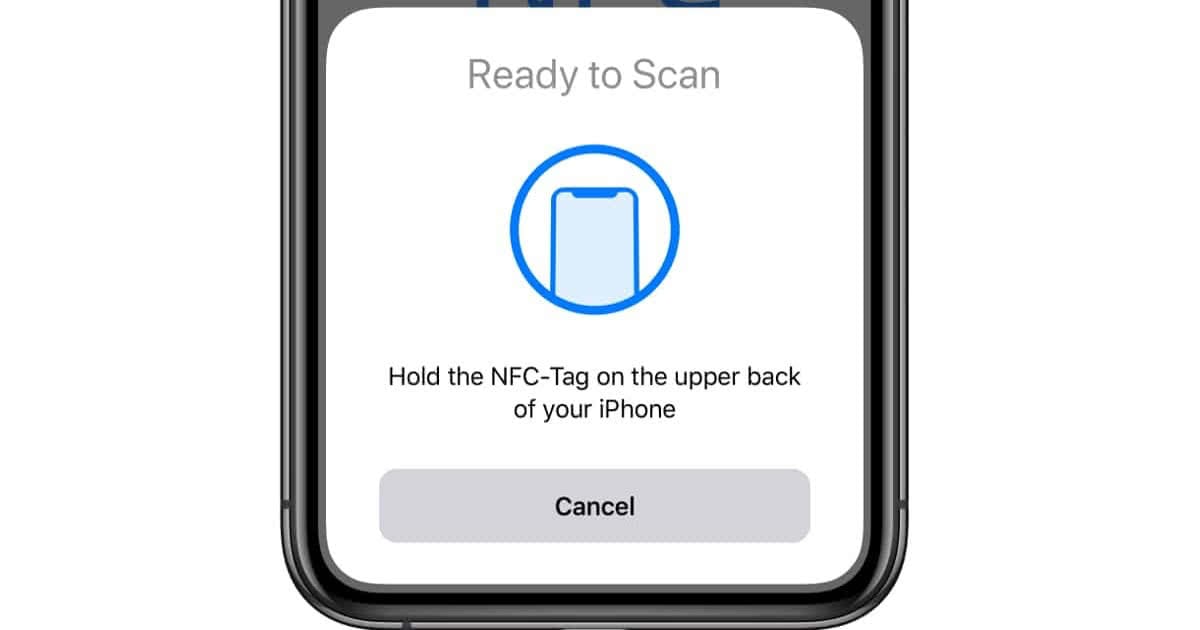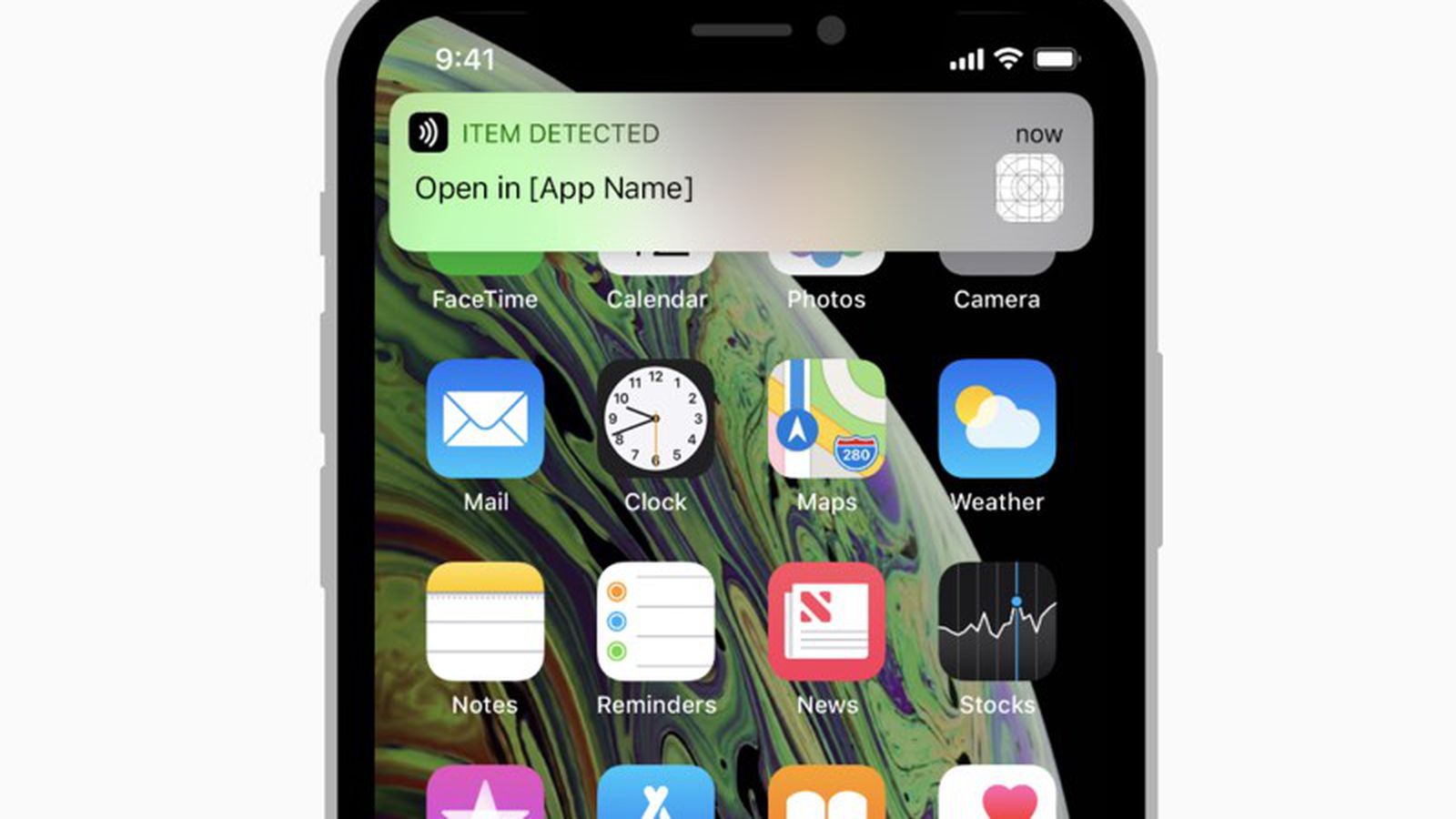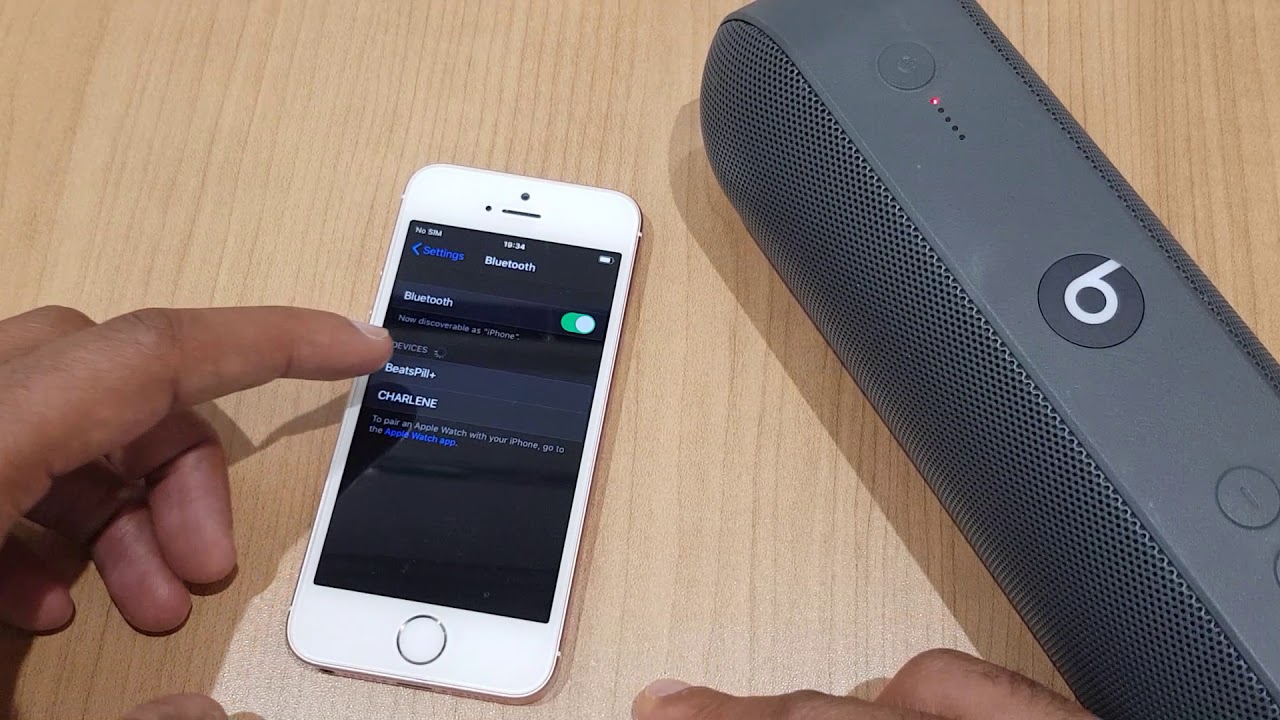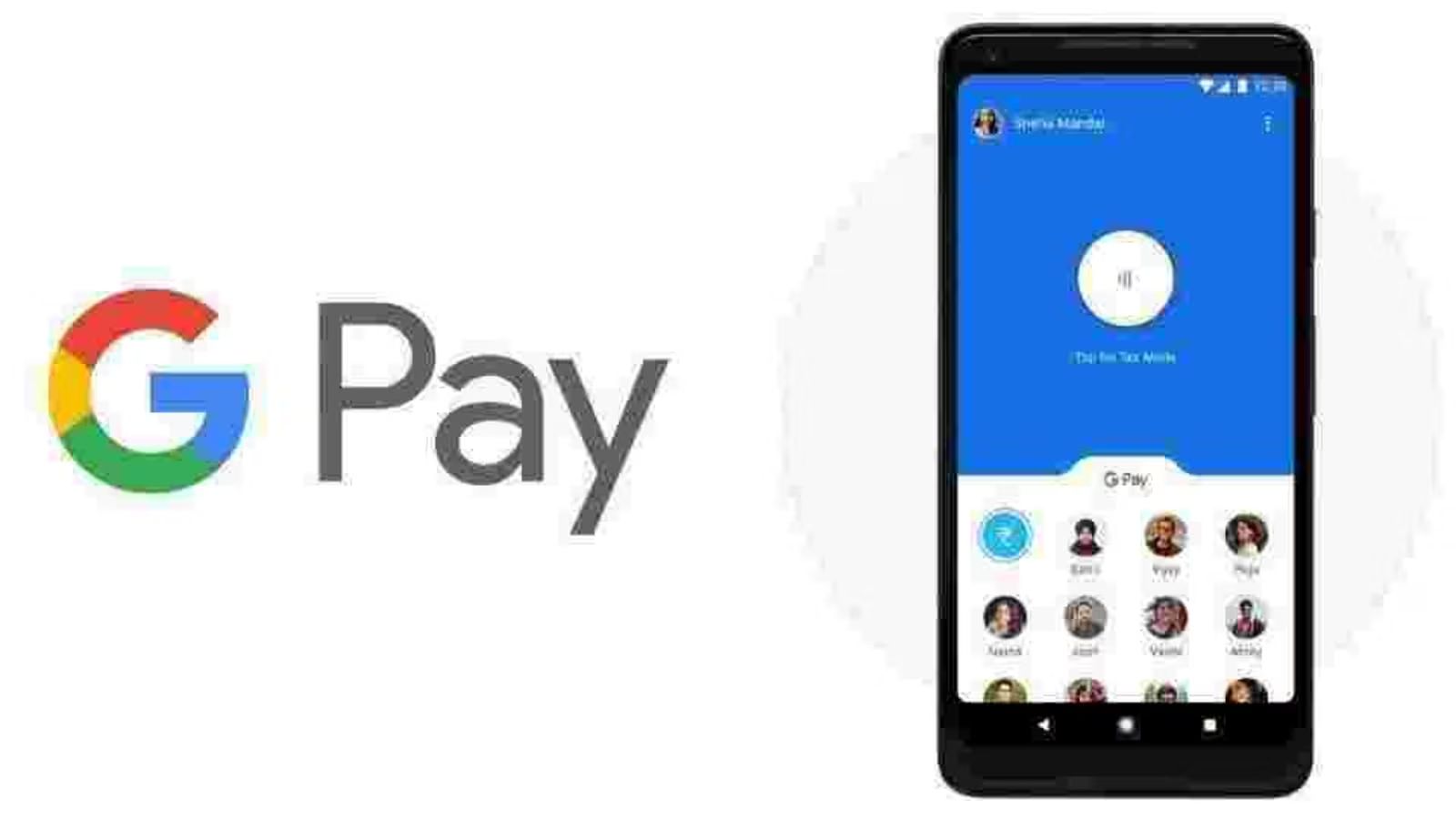What is NFC?
Near Field Communication (NFC) is a technology that allows devices to communicate wirelessly over short distances. It enables seamless exchange of data between devices by simply bringing them close together. NFC uses radio waves to establish a connection between the devices, making it quick and convenient for various applications.
NFC technology is commonly found in smartphones, tablets, and other portable devices. It operates on the principle of electromagnetic induction, allowing devices to securely exchange information, such as contact details, payment transactions, and data transfer, with just a simple tap or touch.
NFC has gained popularity due to its ease of use and versatility. It enables a wide range of applications including contactless payments, smart transportation systems, access control, and data sharing. For example, with NFC, you can make payments by simply tapping your smartphone on a compatible payment terminal, eliminating the need for physical credit cards. NFC also enables devices to pair quickly and securely, making it convenient for transferring files or connecting to other devices.
One of the key advantages of NFC is its short range. The communication distance between devices is typically limited to a few centimeters, which ensures that the data exchange is secure and private. NFC also operates at a higher frequency compared to other wireless technologies, which further enhances its security.
NFC technology has been integrated into various industries and is continuously evolving. It has become an integral part of mobile devices, allowing users to enjoy the benefits of quick and hassle-free wireless communication in their daily lives.
Why would you want to turn off NFC?
While NFC offers convenience and various possibilities for users, there might be situations where you would want to turn off NFC on your iPhone. Here are a few reasons why you might consider disabling NFC:
- Security concerns: Although NFC is generally secure, there have been instances of potential vulnerabilities. Turning off NFC can be a precautionary measure to prevent unauthorized access or potential security breaches.
- Battery conservation: NFC can consume a portion of your iPhone’s battery, even when not actively in use. If you find that your battery life is draining quickly, disabling NFC can help conserve power.
- Preventing accidental activation: In some cases, NFC can inadvertently trigger actions or unwanted interactions. By disabling NFC, you can avoid accidental taps or unintentional sharing of data.
- Reducing interference: NFC operates on a specific frequency, and in certain situations, it can interfere with other wireless signals. This interference can disrupt the performance of other devices nearby. Turning off NFC can help alleviate this issue.
- Enhancing privacy: NFC can facilitate data exchange between devices, including contactless payments and sharing personal information. Temporarily disabling NFC can provide peace of mind by reducing the risk of unintended data exchanges or potential breaches of privacy.
It’s important to note that the need to turn off NFC may vary depending on individual preferences, circumstances, or specific requirements. Some users may find the benefits of NFC outweigh any potential drawbacks, while others may choose to disable it to address their specific concerns.
How to turn off NFC on iPhone?
If you have decided to disable NFC on your iPhone, follow the simple steps below to turn it off:
- Unlock your iPhone and navigate to the home screen.
- Go to the “Settings” app, which is identified by the gear icon.
- Scroll down and tap on “NFC” from the list of available options.
- On the NFC screen, you will find a toggle switch at the top. Tap on the switch to turn NFC off. When the toggle switch is grayed out, it indicates that NFC is disabled.
- Once you have disabled NFC, you can exit the settings and continue using your iPhone as usual.
It’s worth noting that disabling NFC on your iPhone will prevent it from engaging in any NFC-related activities. This includes making contactless payments, sharing files via AirDrop, or using any other NFC-enabled features or apps.
If you wish to enable NFC in the future, simply follow the same steps as mentioned above and toggle the switch to the “on” position to enable NFC functionality on your iPhone again.
Remember, the steps above are based on the current iOS version and may vary slightly depending on the software version of your iPhone. If you have an older version of iOS, ensure that you update your software to the latest version to access the NFC settings.







